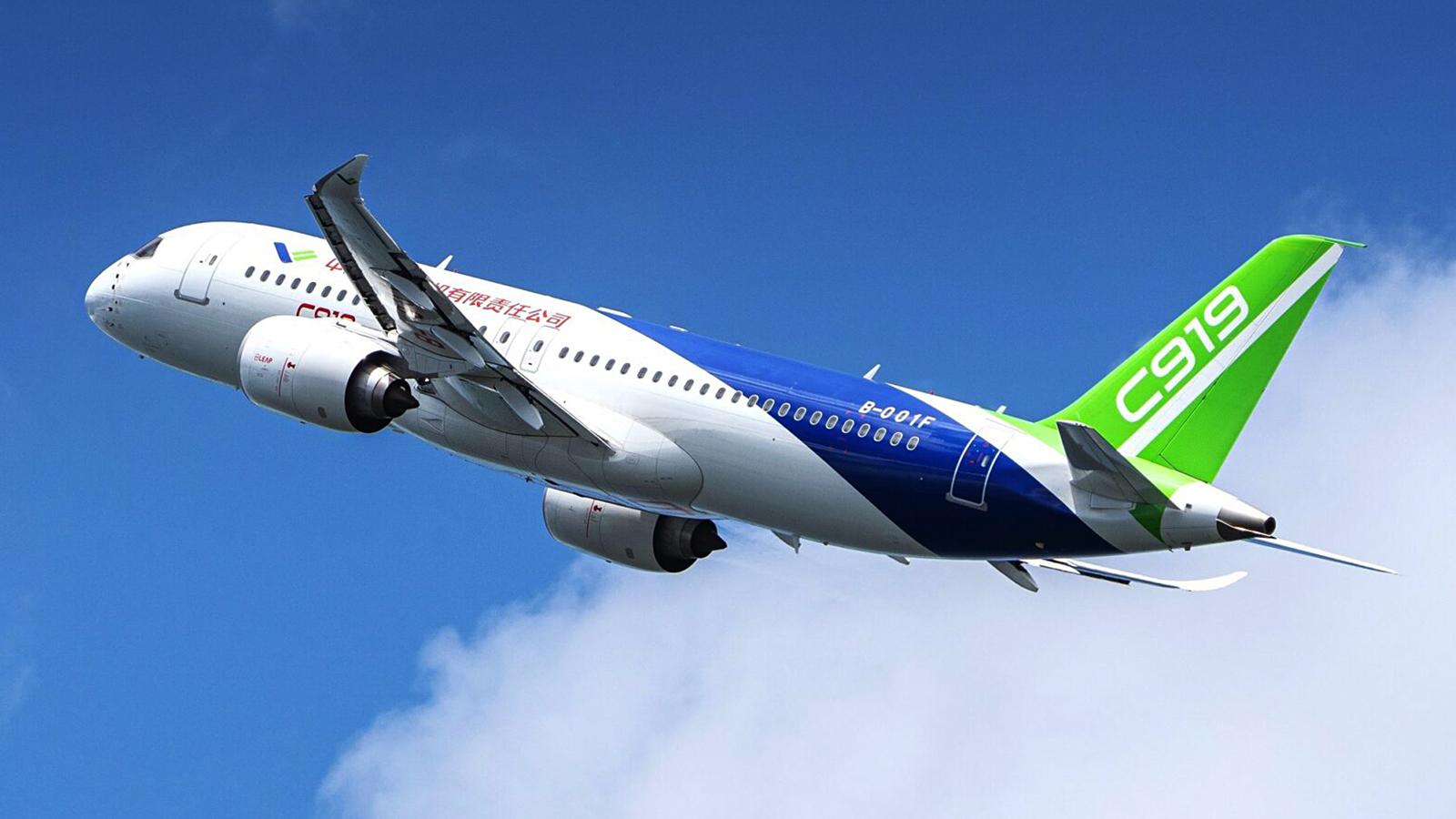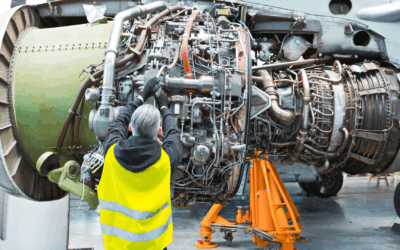
The global duopoly that has long defined commercial aviation is finally facing a credible challenger. With the COMAC C919 entering passenger service, China has signaled its intent to reshape the dynamics of aircraft manufacturing, financing, and leasing. Developed by the Commercial Aircraft Corporation of China, the C919 represents a strategic leap—technologically, industrially, and politically. For the first time in decades, airlines and lessors have a third contender in the narrow-body segment traditionally ruled by the Airbus A320neo and Boeing 737 MAX.
The C919’s emergence comes at a time when global air travel demand is accelerating and supply constraints remain tight. This combination makes the aircraft’s arrival particularly consequential for lessors and financiers looking to diversify fleets. Supported by Chinese state funding and a vast domestic customer base, COMAC’s program aligns with Beijing’s ambition to secure self-reliance in high-value aerospace manufacturing. More than a thousand orders have been placed, primarily from Chinese airlines, though several overseas operators are quietly exploring lease or purchase options once wider certification is achieved.
Still, questions remain about the C919’s international acceptance. At present, certification lies solely with China’s civil aviation regulator. European and U.S. validation processes are underway but could take years. Until then, the aircraft’s leasing liquidity and residual value will be largely limited to the domestic and regional Asian market. For Western lessors, that uncertainty tempers enthusiasm—but it also represents a long-term opportunity. As reliability data accumulates, confidence could follow.
For Chinese leasing firms, backed by national policy banks, this presents a chance to expand global influence by offering favorable lease terms tied to local financing. Collaborations between Chinese and international lessors are likely to emerge, enabling shared risk and market access. In time, such partnerships may redefine the boundaries of global fleet composition and capital flow.
AeroLyceum Consultancy views the C919 as a marker of change in aviation finance. New entrants bring both opportunity and complexity, and success will depend on prudent evaluation of technical reliability, lifecycle cost, and remarketing value. As leasing markets adapt, AeroLyceum’s expertise in aircraft finance and cross-border leasing strategy helps clients balance innovation with risk control. The rise of COMAC’s C919 signals not just new competition, but a shift in the global balance of aviation power—a future where diversity and strategic foresight will determine who truly takes flight.
Image courtesy @ Civil Aviation Authority State of Qatar
Copywrite Ownership : AeroLyceum Consultancy


